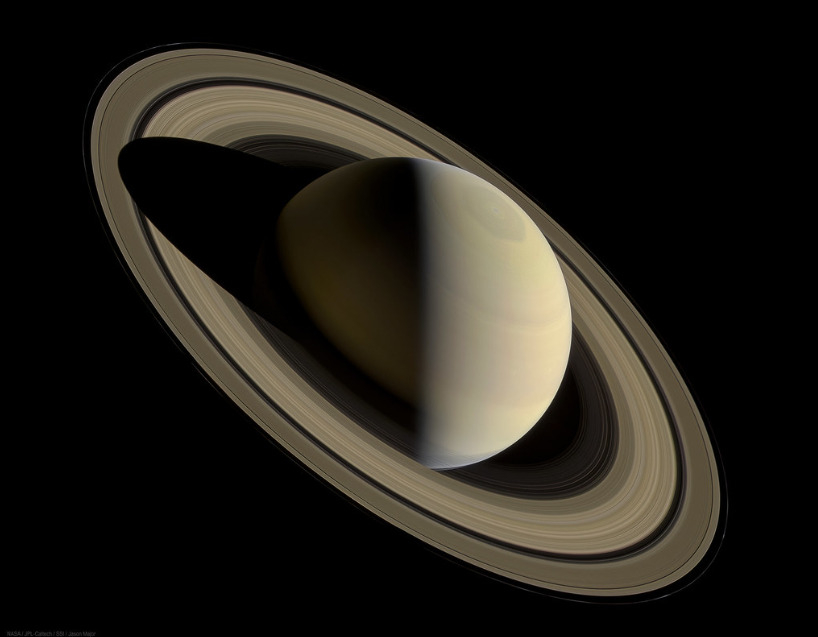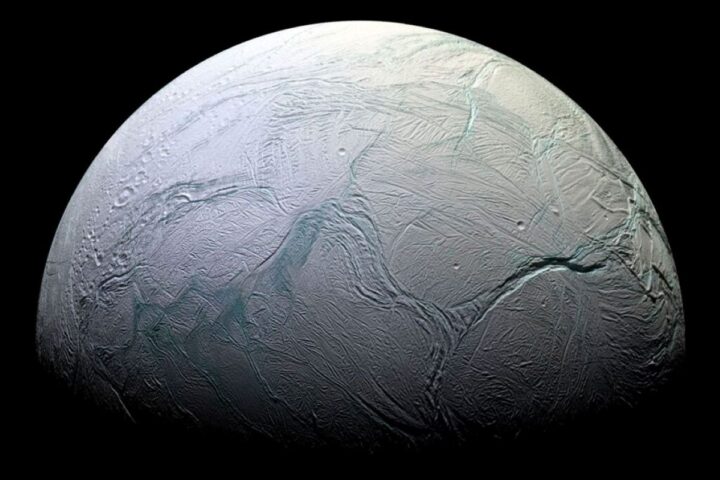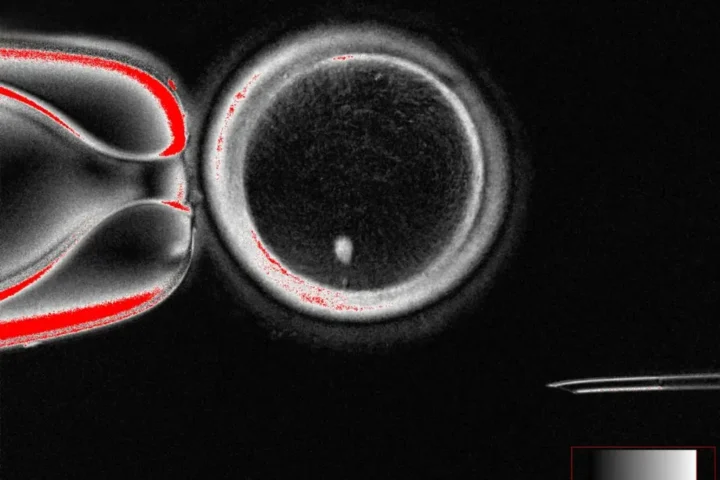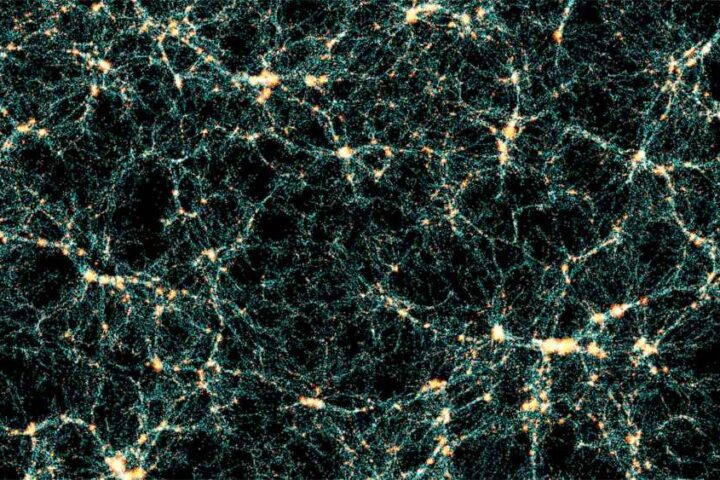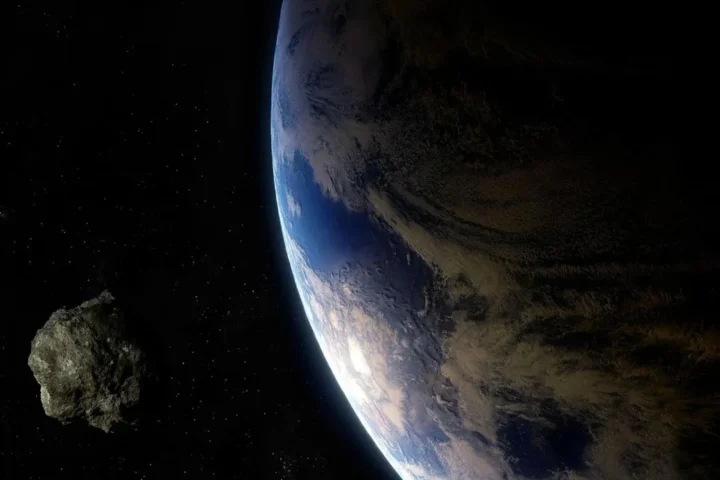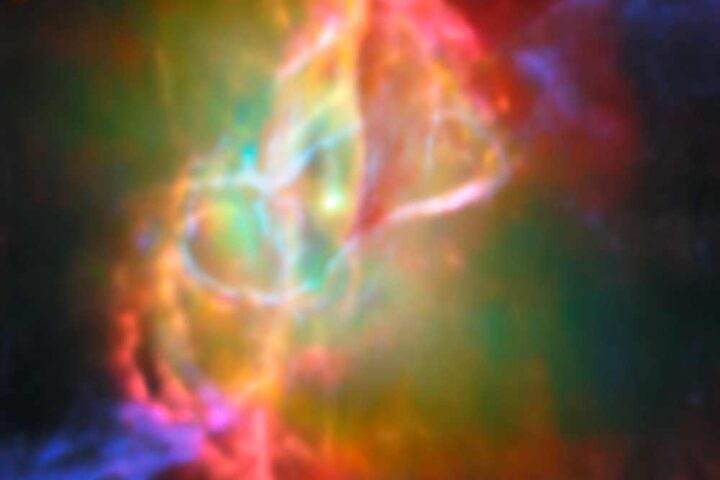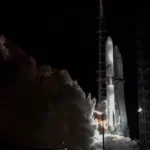Saturn, the gas giant adorned with its iconic rings, has long been one of the most fascinating planets in our Solar System. While planets like Jupiter boast colossal size and gravitational dominance, and Mars tempts us with its tantalizing potential for colonization, Saturn holds a unique place in human curiosity, largely because of its rings—elegant, vast, and mesmerizing. But recent discussions have sparked concern: are Saturn’s rings disappearing?
The short answer is no, they aren’t disappearing for good. However, from a terrestrial perspective, they will soon become nearly invisible. This development, though not permanent, offers us a unique glimpse into the workings of the cosmos and the nature of planetary motion. But this phenomenon also brings up key issues about how celestial bodies are perceived from Earth and what kind of long-term changes could eventually transform our view of Saturn forever.
Saturn’s Ring System: A Masterpiece of Ice and Rock
To understand the current discussion, we must begin by acknowledging the intricate makeup of Saturn’s rings. These rings span over 280,000 kilometers but are incredibly thin, often no more than a few dozen meters thick. Made of particles of ice, rock, and cosmic dust, they vary in size—ranging from tiny grains to massive chunks of material the size of school buses. Their origin remains a subject of debate, with some scientists proposing that the rings are remnants of moons or comets that were torn apart by Saturn’s intense gravity. Others suggest they are ancient, dating back to the formation of the planet itself, approximately 4 billion years ago.
The Phenomenon of Disappearing Rings
So, what exactly is happening to these rings in 2025? Articles making their rounds on social media suggest that the rings are vanishing for good, but that’s not entirely accurate. What’s actually happening is a temporary event where the rings will become nearly invisible from Earth.
As Saturn orbits the Sun, much like Earth, it experiences seasons. Saturn’s equator is tilted at an angle of 26.7 degrees, and as the planet completes its 29.4-year orbit around the Sun, we see different sides of its rings. This tilt causes Saturn’s rings to appear edge-on from Earth twice during its orbit, and when this happens, the rings become almost impossible to see with the naked eye or even standard telescopes.
In March 2025, Saturn will reach such a point in its orbit. From Earth’s perspective, the rings will align perfectly with our line of sight, making them appear to vanish. This phenomenon last occurred in 2009, and as before, the rings will reappear over the following months as Saturn tilts back, slowly revealing the majestic bands we’re so familiar with.
Saturn’s Future: What Experts Say
While this temporary disappearance might disappoint skywatchers, the fact remains that Saturn’s rings aren’t going anywhere—at least not anytime soon. A NASA study revealed that Saturn’s rings are indeed slowly eroding, with some material being pulled into the planet’s atmosphere by its immense gravitational pull. However, this process is incredibly slow.
According to NASA, the rings are losing material at a rate that could fill an Olympic-sized swimming pool every 30 minutes. While this might sound alarming, scientists estimate that Saturn’s rings will remain intact for at least another 300 million years. “The rain of water products from the rings is a slow process, and while it is reducing their lifespan, they aren’t going to disappear in our lifetimes,” a NASA spokesperson said.
Similar Posts
A Cosmic Light Show on a Timer
Despite the temporary loss of visibility, astronomers are advising skywatchers to take advantage of the current clear views of Saturn’s rings. Saturn is presently high in the evening sky, making this the best time to observe its magnificent ring system.
The phenomenon is not a peculiar once-in-a-lifetime event. It occurred once earlier around 2009, but advancements in technology mean that this time, astronomers will have even better tools to study the changes in Saturn’s appearance. Large telescopes will be able to capture the transition with greater detail, providing new data on the planet’s ring system.
A Reminder of Saturn’s Slow Decay
While this temporary disappearance is not a cause for concern, it serves as a reminder that Saturn’s rings, like many things in our universe, are not eternal. The slow but steady rain of material from the rings into Saturn’s atmosphere suggests that, over hundreds of millions of years, the rings could fade away altogether.
Researchers remain divided on exactly how long the rings will last. Some speculate that gravitational interactions with Saturn’s moons could lead to new material being added to the ring system, while others argue that Saturn could be ringless long before its estimated 300-million-year deadline. Regardless, the next few years offer a rare opportunity to appreciate the rings’ beauty before they slip temporarily out of view.
Looking to the Future
For now, Saturn remains a brilliant example of the wonder and complexity of our Solar System. While the temporary disappearance of its rings in 2025 is nothing to fear, it does offer a chance to reflect on the broader cycles of planetary motion and change. ”
So, if you have access to a telescope, now is the time to take a closer look. Saturn’s rings, while not disappearing forever, are certainly worth observing before their temporary vanishing act in 2025.
